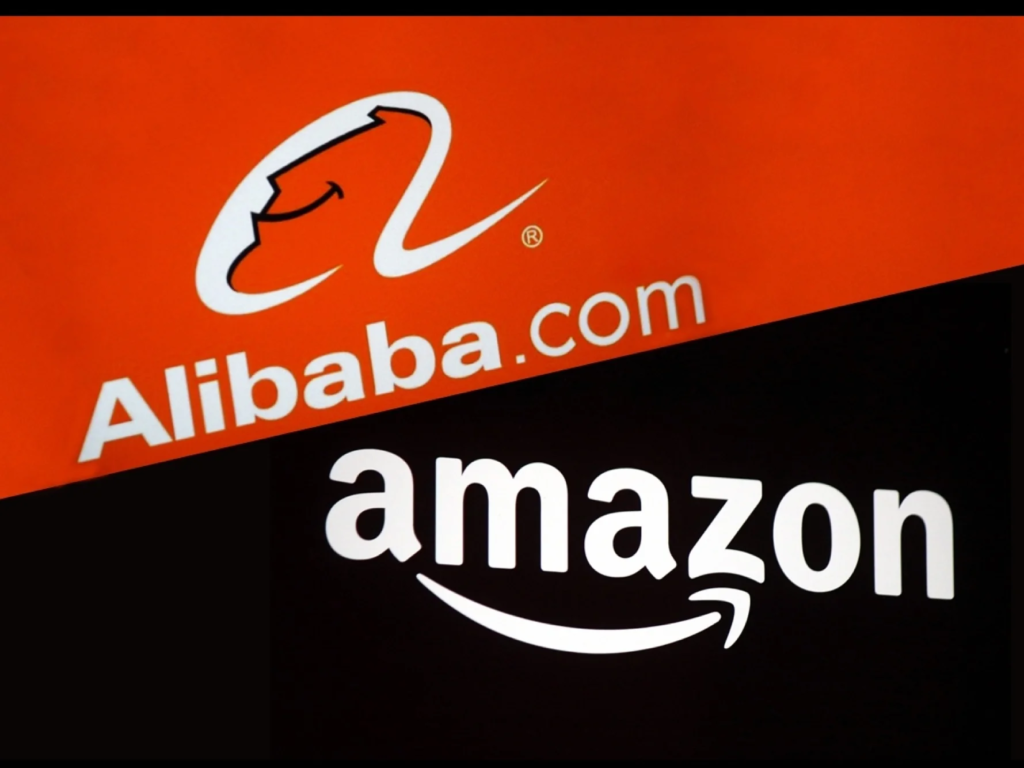How the World’s Biggest Marketplaces Offer Insight for Product Sourcing Decisions

In today’s data-driven sourcing landscape, analyzing online marketplaces like Alibaba, Amazon, and JD.com provides a treasure trove of sourcing signals for businesses, sourcing agents, and product developers. These platforms reflect real-time consumer demand, emerging product trends, pricing dynamics, and even manufacturing insights.
Understanding how to extract and interpret these signals can help sourcing professionals make smarter decisions, reduce risk, and stay ahead of shifting global demand.
In this article, we’ll explore how each of these platforms can serve as a sourcing intelligence tool, what data to watch, and how to use it for effective product discovery and procurement.
🛒 Why Use Marketplaces for Sourcing Insights?
Online marketplaces represent live market ecosystems. They collect billions of consumer behaviors—from searches to purchases—and mirror global demand at scale. By analyzing product categories, supplier activity, reviews, and pricing, sourcing agents and product teams can spot early indicators of:
- Demand surges
- Pricing trends
- Saturated categories
- Emerging niche opportunities
- Supplier reliability patterns
Let’s look at what Alibaba, Amazon, and JD.com each offer in terms of sourcing intelligence.
🧭 1. Alibaba: Manufacturing and B2B Trends
Alibaba is the world’s largest B2B sourcing marketplace. It connects buyers with manufacturers and wholesalers, offering deep insights into production capabilities and supply-side innovation.
🔍 What to Watch:
- Product launch volume: High-frequency product releases in a category may indicate rising factory specialization.
- MOQs (Minimum Order Quantities): Changes in MOQ levels can indicate factory workload, oversupply, or scaling capabilities.
- Trade assurance coverage: More suppliers offering this reflects increased international buyer focus.
- Lead time fluctuations: Useful for detecting production bottlenecks or material shortages.
📊 How to Use It:
- Analyze category growth using Alibaba’s category landing pages.
- Use the RFQ (Request for Quotation) system to assess price competitiveness across regions.
- Track hot-selling products in the “Trending” section (Alibaba Trends) for seasonal signals.
🔗 Helpful Link: Alibaba Buyer Central
🛍️ 2. Amazon: Consumer Demand and Competitive Analysis
Amazon is the pulse of the B2C market. Its algorithms reflect what customers want, when they want it, and how they review it. Sourcing agents can use Amazon to validate product demand before placing sourcing orders.
🔍 What to Watch:
- Amazon Best Sellers: Daily updated list by category.
- Movers & Shakers: Products with rapid sales growth in the past 24 hours.
- Customer reviews: Reveals unmet expectations, trends, and quality issues.
- Q&A sections: A goldmine for product improvement opportunities.
- Brand Registry growth: Signals private-label saturation or white-label success.
📊 How to Use It:
- Analyze competitors with tools like Jungle Scout or Helium 10.
- Track price and review trends over time to identify value gaps.
- Monitor subscription product trends under Amazon’s “Subscribe & Save” categories.
🔗 Helpful Link: Amazon Movers & Shakers
🇨🇳 3. JD.com: China’s Domestic Demand Trends
JD.com (Jingdong) is a major e-commerce player in China and is often more trusted than Taobao for its focus on authentic brands and logistics control. It provides crucial insight into domestic Chinese consumer preferences, which are often early indicators of trends that will go global.
🔍 What to Watch:
- JD Popularity Rankings: Shows current bestsellers in categories like electronics, wellness, or fashion.
- Flash Sales & Events (Jingxi): New product launches and test markets.
- JD Super Brand Days: Highlights local and international brand partnerships.
- Customer behavior on imported goods: Reveals what Chinese consumers are importing via JD Worldwide.
📊 How to Use It:
- Use JD’s real-time popularity data to spot local trends (translated via browser tools like Chrome).
- Track seasonal purchasing patterns in categories like electronics, skincare, or supplements.
- Use JD’s supplier directory to identify emerging factories.
🔗 Helpful Link: JD Worldwide
🧠 Bonus Tip: Combine Signals for Holistic Forecasting
A true sourcing strategy integrates all three platforms:
| Platform | Focus | Use Case |
|---|---|---|
| Alibaba | Supply-side | Manufacturer capabilities, pricing, innovation |
| Amazon | Demand-side (global) | Customer preferences, reviews, trends |
| JD.com | Demand-side (Asia) | Emerging trends in China, import data |
Use this tri-platform approach to:
- Validate new product ideas before committing to inventory.
- Choose manufacturing regions based on capacity and cost comparisons.
- Track global movement of trends from China → Amazon → Alibaba.
🧰 Tools to Enhance Marketplace Intelligence
- Google Trends: To cross-validate interest over time
🔗 https://trends.google.com - Alibaba Insights Center
🔗 https://insights.alibaba.com - Keepa or CamelCamelCamel (track Amazon pricing history)
🔗 https://keepa.com/ - Jungle Scout or Helium 10: For Amazon FBA research
🔗 https://www.junglescout.com/
🎯 Final Thoughts: Use Marketplaces as Forecasting Tools
Rather than waiting for product trends to become obvious in your sales data, sourcing agents and procurement teams can pre-emptively identify opportunities by watching online platforms like Alibaba, Amazon, and JD.com.
These marketplaces not only facilitate transactions—they provide powerful sourcing signals when viewed through the lens of data analysis and trend forecasting.
By analyzing what’s being manufactured (Alibaba), what’s being sold (Amazon), and what’s gaining traction in the Chinese market (JD.com), you can triangulate decisions, reduce risks, and stay ahead in 2025.
SEO Keywords: sourcing marketplace analysis, Alibaba signals, Amazon product trends, JD.com China sourcing, how to find product trends, product research tools 2025, eCommerce sourcing strategy, global sourcing insights